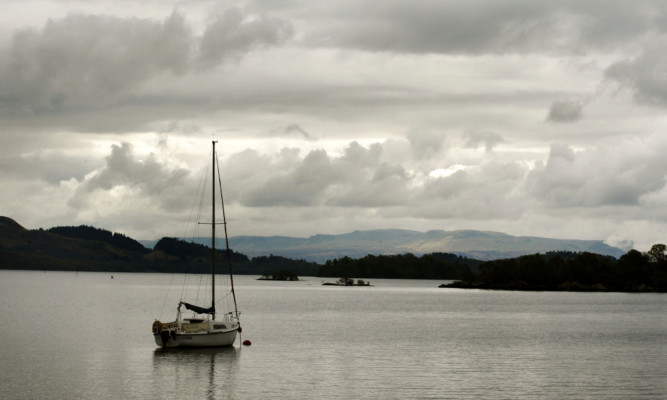Talk of the piecemeal privatisation of Scotland’s first national park has been firmly rebutted by its chief executive.
Loch Lomond and the Trossachs National Park boss Fiona Logan stressed greater private sector involvement was about finding ways of safeguarding the beauty spot for future generations and “absolutely not” about privatisation.
“The word privatisation was never used,” she said.
“There will always be services and parts of our national parks which will always be delivered through public funding.
“This is about finding additional opportunities in new and innovative ways to supplement it with different funding streams.”
The row emerged after a report submitted to the park board looked at potential commercial opportunities to boost revenue.
It set out the reliance on effective partnership working involving government, national agencies, local authorities, private businesses, charities, land managers and community organisations to make the national park a success.
With 95% of its funding coming from the Scottish Government, which was likely to decline as the cost of delivering services rises, the park was looking to changes and commercial initiatives to reduce running costs and increase income streams.
Already that has included leasing properties, introducing more commercial charging schemes for boat users, charging boat operators who use piers and toilet fees.
It has led to critics complain at the route the national park was heading as it sought to rely less on public sector funding.
Ms Logan added: “We are committed to finding innovative and creative ways for the national park to become more self sustaining to allow future generations to enjoy the parks as we do today.
“We have been actively investing into the visitor infrastructure of the national park over the last few years, in line with our national park partnership plan, endorsed by Scottish Government.
“In tandem, we run a huge range of conservation and visitor management initiatives alongside our public and third sector partners.”
This strategy had already generated confidence from the private sector which was responding by offering a wider range of services to visitors.
“This allows the national park authority to continue investing in conservation and visitor infrastructure.”
